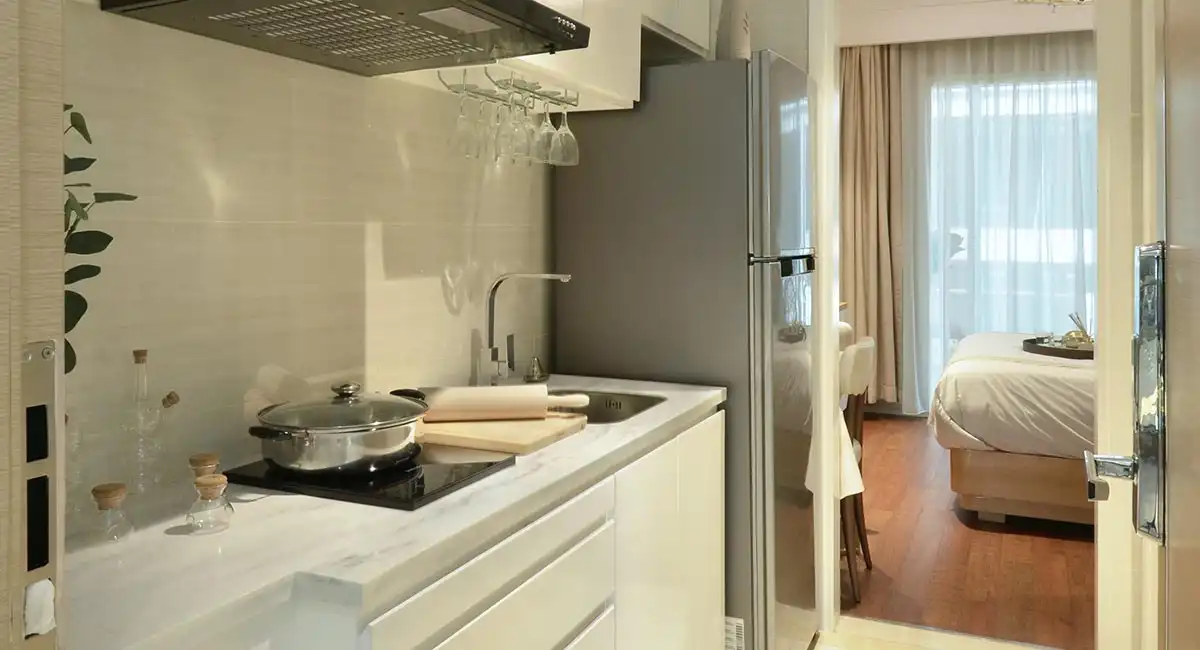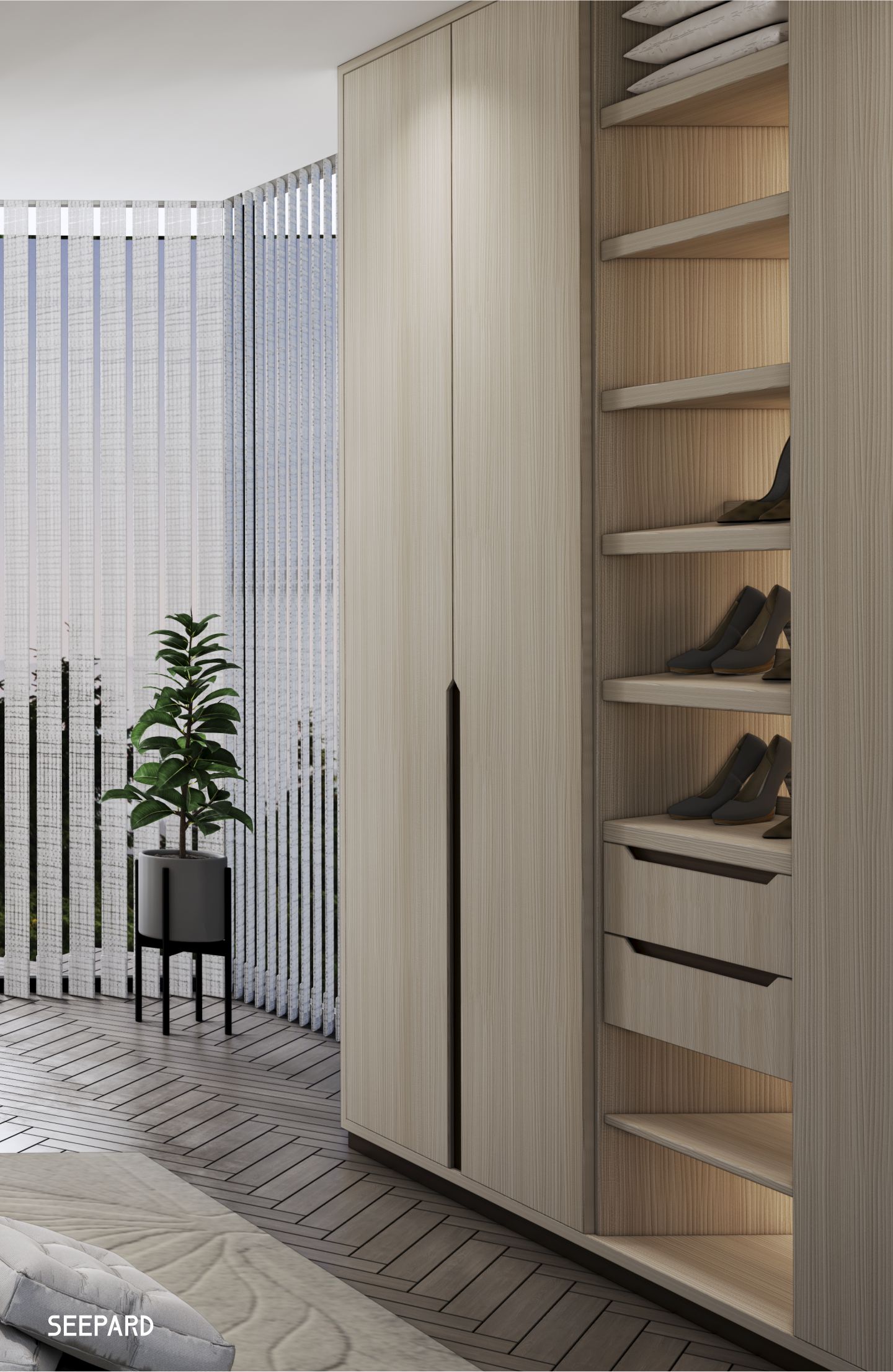- Lar
- How does the weight of decorative base paper impact its application? Furniture Decoration Paper
Abr . 19, 2024 14:46 De volta à lista
How does the weight of decorative base paper impact its application? Furniture Decoration Paper

The weight of decorative base paper is a fundamental attribute that significantly influences its application in various industries, especially in furniture and interior design. Understanding how paper weight affects the paper’s properties, handling, and end-use is essential for professionals and enthusiasts alike. This expanded article provides a deeper insight into each aspect, supported by historical contexts, case studies, and real-world examples.
MELAMINE PAPER MARBLE DESIGNED 70G 80G FOR FURNITURE DECORATION
1. Strength and Durability
The evolution of paper for durability can be traced back to ancient civilizations. However, it was the industrial era that saw the rise of heavy-duty papers in bookbinding and luxury packaging.
In modern times, heavy base papers are extensively used in creating high-pressure laminates for furniture. These laminates, due to their thickness and density, offer enhanced resistance against scratches and impacts, making them ideal for commercial and high-traffic environments.
A classic example is the use of heavy decorative paper in creating countertops and work surfaces in commercial kitchens. These surfaces, exposed to constant wear, benefit from the additional strength that heavy paper provides.
2. Flexibility and Conformability
- Evolution in Interior Design: The Art Nouveau movement, with its emphasis on organic, flowing designs, highlighted the need for more flexible, lighter papers that could easily conform to artistic shapes and contours.
- Impact on Modern Use: Today, lighter base papers are favored for their ease of application in complex designs, such as custom furniture or intricate wallpaper patterns. They are easier to cut, handle, and apply, even in DIY projects.
- Illustrative Example: An instance of this is seen in the bespoke furniture industry, where designers often choose light decorative papers to cover rounded edges or uniquely shaped pieces, maintaining the integrity of the design while ensuring a flawless finish.
3. Printability and Aesthetic Qualities
- Technological Advancements: The advent of high-definition digital printing has placed greater emphasis on the quality of paper used. Lighter papers, with their smoother surface, are better suited for detailed and vibrant prints.
- Aesthetic Considerations: In the realm of interior design, the visual impact of decorative paper is paramount. Lighter papers allow for a higher degree of color accuracy and detail, which is essential for creating visually stunning spaces.
- Practical Case: A notable example is the use of lightweight decorative papers in wall murals and feature walls, where the vibrancy and clarity of the print can make a significant aesthetic difference.
4. Handling and Installation
- Ease of Use: Lighter papers are not only easier to transport but also simpler to manipulate during installation, making them a favorite in home décor and renovations.
- Professional Requirements: Heavier papers, while offering durability, may need specialized equipment or professional expertise for installation, particularly in large-scale or commercial projects.
- Real-World Scenario: In the installation of large commercial murals or heavy-duty wallpapers in hotel lobbies, the weight of the paper can necessitate the use of professional installation services, affecting project timelines and costs.
5. End-Use Suitability
- Specific Needs in Furniture Design: Furniture designers often have to consider the environment where the furniture will be placed. In moisture-prone areas like bathrooms, heavier papers that resist warping are preferred.
- Customization for Different Applications: Manufacturers tailor the weight of decorative papers according to the furniture’s use. For outdoor furniture, heavier, more robust papers are chosen for their ability to withstand environmental elements.
- Industry-Specific Example: Outdoor garden furniture often uses heavier decorative papers treated with UV-resistant coatings, ensuring longevity and color fastness even under constant exposure to sunlight.
6. Transportation and Environmental Impact: A Sustainable Approach
- Logistical and Environmental Considerations: The weight of the paper affects not only transportation costs but also its carbon footprint. Lighter papers are more sustainable, requiring less raw material and energy to produce and transport.
- Eco-friendly Trends: The growing demand for sustainable materials in interior design has led to an increased preference for lighter, environmentally friendly papers.
- Sustainability Case Study: Eco-conscious hotels and businesses often opt for lighter decorative papers in their interior design, aligning with their commitment to sustainability without compromising on aesthetic appeal.
The weight of decorative base paper is a critical factor that shapes its application across various domains, particularly in furniture and interior design. From the enhanced durability of heavier papers to the flexibility and aesthetic superiority of lighter weights, each type serves distinct purposes. As the industry evolves, the choice of paper weight continues to play a significant role in meeting both functional requirements and sustainability goals. This comprehensive understanding of paper weight implications is essential for making informed decisions in the world of decorative
Últimas notícias
-
White Contact Paper for Cabinets – Transform Your Kitchen
NotíciasJun.13,2025
-
Duplex Board Paper: Properties and Manufacturing Process
NotíciasJun.13,2025
-
Food Packaging Solutions: Why Duplex Board is a Top Choice
NotíciasJun.13,2025
-
Best Types of Furniture Decoration Paper
NotíciasJun.13,2025
-
What Are the Best Adhesives for Applying Furniture Decoration Paper?
NotíciasJun.09,2025
-
Key Properties and Uses of Duplex Board Paper in Packaging
NotíciasJun.09,2025


